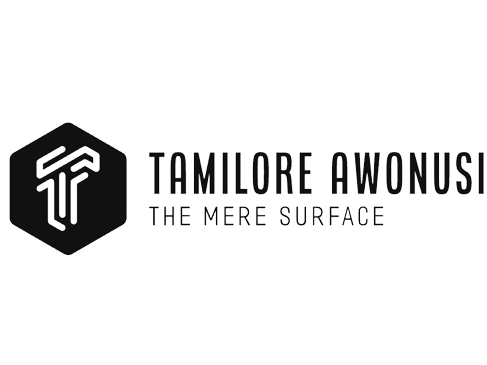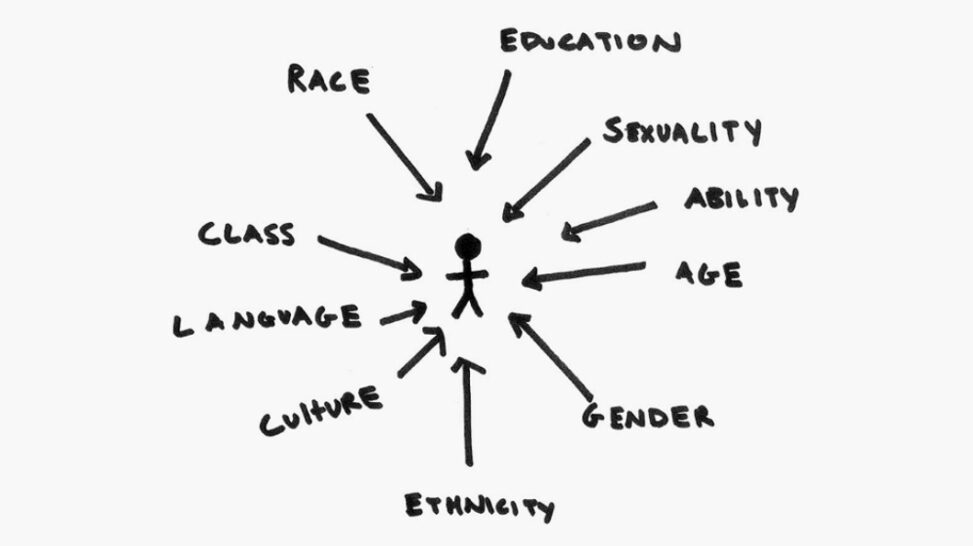The first time I came across the term intersectionality, was in Catherine Mayer’s “Attack of the 50ft Women”. She briefly discusses Kimberle Crenshaw’s experience and conception of it. The following week we had a team meeting at work and the topic of discussion was intersectionality and its lack of application in society. We came to a realization that not a whole lot of people were familiar with the term, I myself was not aware until this year. We found ourselves asking, how can a theoretical framework of such importance not be the forefront for social change with such a basic foundation. We concluded that this was simply attributed to a lack of recognition and understanding.
Let’s start by explaining the term intersectionality. Kimberle Crenshaw describes it as to how race, class, gender, and other individual characteristics “intersect” with one another and overlap. Intersectionality identifies how certain individuals may experience different forms of discrimination and exclusion as they would have a unique combination of social classes i.e black women, trans Asians or disabled Latina women etc. The term takes into account all social and political identities. Intersectionality is a product of third-wave feminism as it was acknowledged that previous waves of feminism only incorporated white middle-class women.
Now you might be asking yourself, why does this matter and why is it of importance to me? Intersectionality is fundamental to society’s progressiveness as it seeks to accommodate rights for all demographics. Often we are just content with slight progress and render the job done but we are far from it. Yes, society has slowly integrated rights for black people and we have seen a change in many aspects, the same goes for women’s rights, both are still a work in progress and far from being successful, so what happens when you mix those two identities? You have a strong population of underrepresented and oppressed women. A woman in a workplace may experience misogyny but a black woman could experience both racism and misogyny. According to AAUW black women were paid 61% of what non-Hispanic white men were paid in 2018, this is 22% less than what white women earned. Meaning it would take black women an extra 7 months to earn what their male counterparts would earn in 12 months.
It’s not just in the workplace, black women and women of colour are one of the most oppressed demographic and face the most hardships in life. At the bottom of the totem pole of privilege, we see these women battling the most forms of injustice. Black women are three to four times more likely to die from pregnancy-related causes than white women, this is attributed to various factors, Dr. Ana Lager, director of the Women and Health Initiative at the Harvard T.H. Chan School of Public Health in Boston states ” black women are undervalued. They are not monitored as carefully as white women are. When they do present with symptoms, they are often dismissed.”
We must remember intersectionality looks to include all and facilitate rights for all. This is not only limited to black women or women of color. We must acknowledge all forms of identities, that includes all-trans regardless of race, women of different religions, sexual orientation, different nationality, and even disabilities. We’ve achieved milestones in the fight for equality but must continue to march towards equality for all. That is why intersectionality is pertinent to all forms of social change as we look to be more inclusive.

